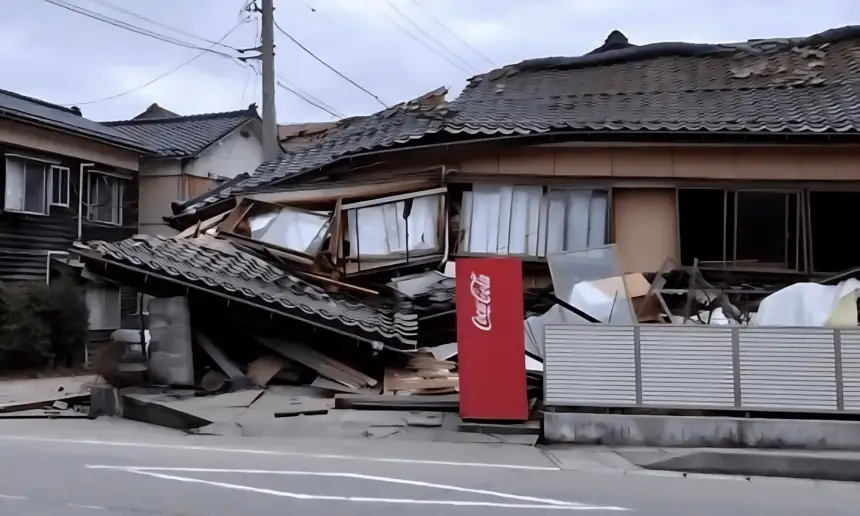Japan Earthquake: Assessing the Situation and Preparing for the Future
Japan Earthquake: Recent Events and Ongoing Concerns
The natural world can be a powerful force, and nowhere is this more evident than in the case of earthquakes. Earthquakes are a constant threat in Japan, a country situated along the Ring of Fire, a horseshoe-shaped zone of tectonic activity that circles the Pacific Ocean.
On [Date of the most recent earthquake], a powerful earthquake struck [Location of the most recent earthquake] in Japan. The quake, which measured [Magnitude of the most recent earthquake] on the Richter scale, caused widespread damage and injuries.
- Immediate Impact: The immediate impact of the earthquake was devastating. Buildings collapsed, roads were cracked, and fires broke out. Many people were trapped in the rubble, and thousands were injured. The earthquake also triggered a tsunami, which caused further damage to coastal areas.
- Ongoing Concerns: Even after the initial shockwaves have subsided, the concerns from an earthquake can linger. Infrastructure damage can take months or even years to repair, and the emotional trauma of such an event can have a lasting impact on those affected. Additionally, the risk of aftershocks remains, which can further damage already weakened structures and cause additional anxiety.
Understanding the Risks: Why is Japan Prone to Earthquakes?
Japan’s location on the Ring of Fire makes it particularly vulnerable to earthquakes. The Ring of Fire is a zone where the Earth’s tectonic plates are constantly moving and grinding against each other. This movement creates friction, which can build up and eventually release in the form of an earthquake.
In addition to its location, Japan’s geology also plays a role in its earthquake risk. The country is made up of many small islands, which are separated by fault lines. These fault lines provide weak points in the Earth’s crust, where earthquakes are more likely to occur.
Preparedness and Resilience: How Japan Mitigates Earthquake Risk
Despite the constant threat of earthquakes, Japan has developed a number of strategies to mitigate their impact. These strategies include:
- Building codes: Japan has some of the strictest building codes in the world, which are designed to make buildings more resistant to earthquakes. These codes require buildings to be able to withstand strong shaking and to have features such as shock absorbers and base isolation systems.
- Early warning systems: Japan has a sophisticated network of seismic sensors that can detect earthquakes in their early stages. This allows authorities to issue warnings to the public, giving them time to take shelter.
- Public education: The Japanese government has a comprehensive public education program that teaches people what to do in case of an earthquake. This includes how to drop, cover, and hold, as well as how to evacuate to safe areas.
These strategies have been effective in reducing the number of casualties from earthquakes in Japan. However, it is important to remember that no country can be completely earthquake-proof. The recent earthquake is a reminder that Japan must continue to invest in preparedness and mitigation efforts in order to protect its people from future disasters.
Looking Ahead: Building a More Resilient Future
The recent earthquake in Japan is a stark reminder of the power of nature and the importance of being prepared for disasters. While Japan has made significant progress in earthquake preparedness, there is always more that can be done. Here are some of the ways that Japan can continue to build a more resilient future:
- Invest in infrastructure: Japan’s infrastructure, including its transportation systems and power grids, is vulnerable to damage from earthquakes. The government needs to invest in making this infrastructure more resistant to future disasters.
- Develop new technologies: New technologies, such as earthquake-resistant materials and early warning systems, can help to reduce the impact of earthquakes. Japan should continue to invest in research and development in these areas.
- Promote international cooperation: Earthquakes are a global problem, and no one country can solve them alone. Japan should work with other countries to share knowledge and best practices in earthquake preparedness and mitigation.
By taking these steps, Japan can build a more resilient future that is better prepared to withstand the challenges posed by earthquakes.
Credit: by Google Trends






